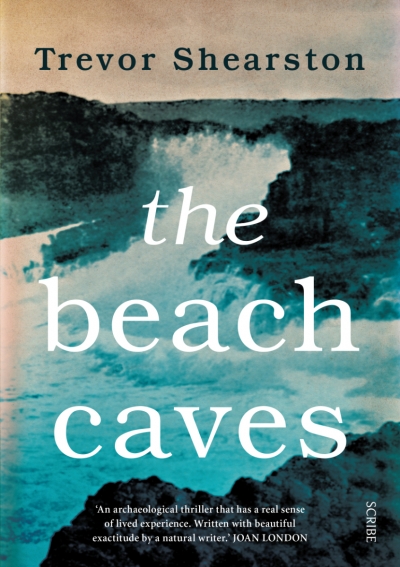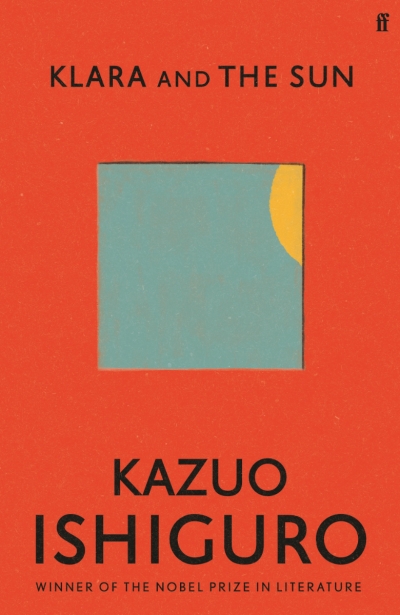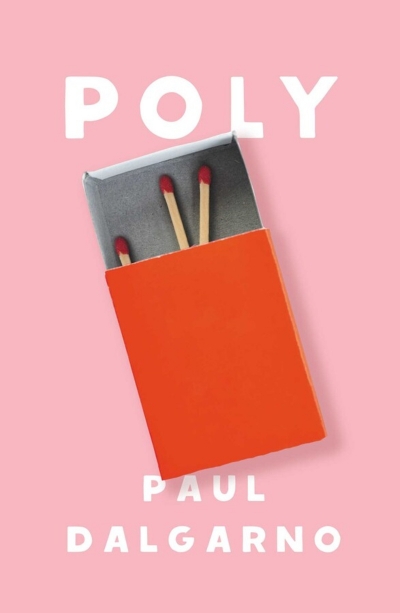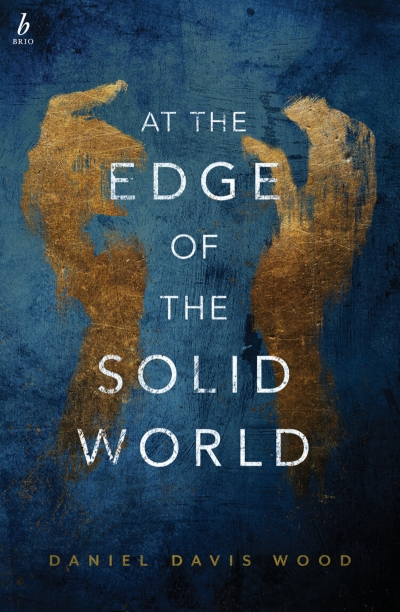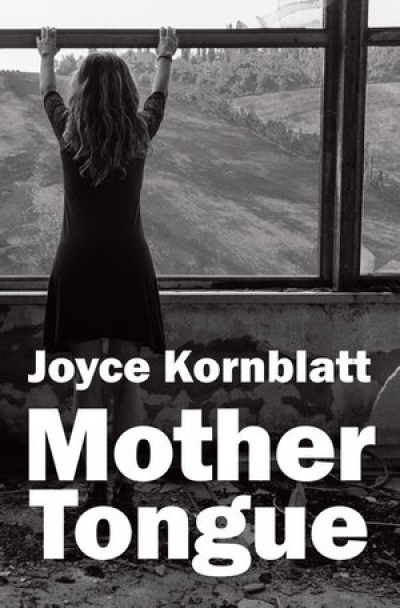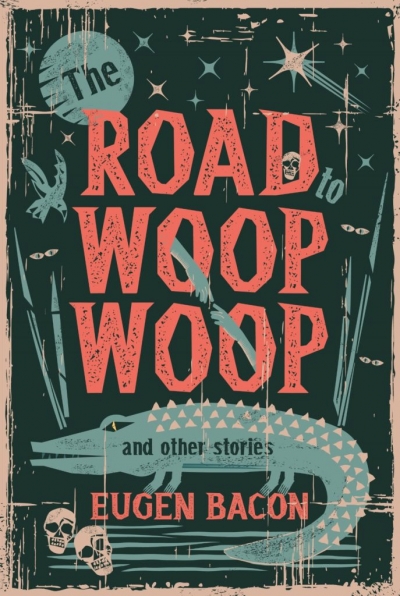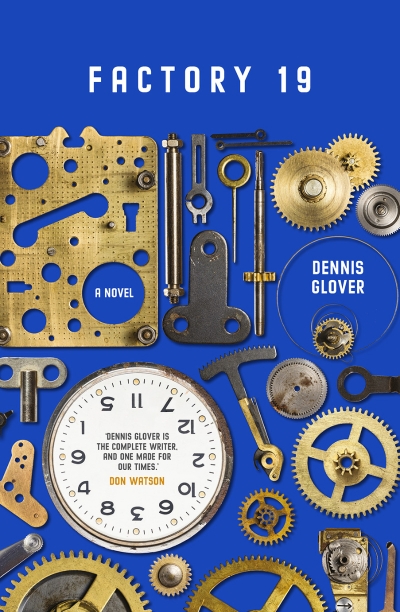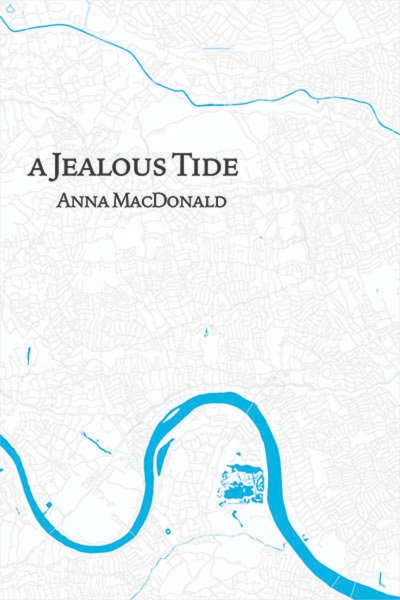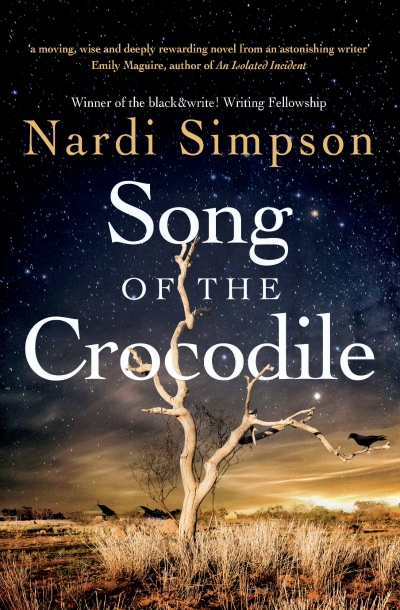Fiction
At the heart of Trevor Shearston’s latest novel, The Beach Caves, is the act of digging. The protagonist, Annette Cooley, is a young archaeology student, thrilled by the allure of her Honours supervisor’s most recent find: the stone remains of an Aboriginal village on the New South Wales south coast that could rewrite the pre-European history of Australia. Intriguing additional sites are soon discovered, but before long the air of excitement is replaced by one of suspicion, jealousy, and dread when a member of the dig team disappears.
... (read more)Klara is an Artificial Friend (AF), an android companion for spoiled tweens. She’s not the newest model, but what Klara lacks in top-of-the-line joint mobility and showy acrobatics, she makes up for in observational nous; she’s an uncommonly gifted reader of faces and bodies, a finely calibrated empathy machine. Every feeling Klara decodes becomes part of her neural circuitry. The more she sees, the more she’s able to feel.
... (read more)Paul Dalgarno’s fiction début, Poly, charts a romp through the romantic and sexual lives of married couple Chris and Sarah Flood. When the sexual intimacy in their relationship dies, Sarah opts to sleep with, as Chris describes it, ‘all but the worst of Melbourne’s walking wounded’, and takes her woebegone husband along for the proverbial ride. A reluctant Chris eventually finds his polyamorous feet with the understanding artist Biddy. True to the logistics of polyamorous lives, almost the entire book is in the form of communication – either conversations between lovers and friends or Chris’s internal machinations (the story is told from his perspective). Indeed, Poly might well be a masterclass in how to write dialogue.
... (read more)Dystopias, apocalypses, and postapocalypses have been part of Young Adult literature long before ecological disaster became the prevalent social narrative. They give writers a chance to indulge the youthful desire to upset the table and start over, rather than partake in the tedious and often fruitless work of actual progress. Blowing stuff up is far more exciting than endless meetings or political discussions. Asphyxia’s Future Girl, Amie Kaufman and Meagan Spooner’s The Other Side of the Sky, and Charlie Archbold’s Indigo Owl each deal with the end of the world and how young people navigate it.
... (read more)At the Edge of the Solid World by Daniel Davis Wood
‘Every last word that follows from here is a word I have tortured out of myself. If what I have written sometimes warbles towards the inarticulate, that is the price exacted by torture and the price of articulating ... at all.’ So warns the narrator of Daniel Davis Wood’s first novel, Blood and Bone (2014). He may well be describing Davis Wood’s second novel, At the Edge of the Solid World, which is, above all, deliberate. Davis Wood has written precisely the book he meant to write.
... (read more)‘When I was three days old, a nurse … stole me from the obstetrics ward … and raised me as her own,’ the voice of Nella Gilbert Pine tells us in the compelling opening of Joyce Kornblatt’s fifth novel, Mother Tongue. This is a moving contemplation on core elements of human experience: the complex connections between mothers and daughters, what it means to love and be loved. It is also an exploration of the ripple effects of trauma, those shocking events that ‘explode’ in the unsuspecting hand, leaving trails of harm far into the future.
... (read more)The Road to Woop Woop and other stories by Eugen Bacon
Eugen Bacon’s début short story collection, The Road to Woop Woop, plays with the genres of speculative fiction and magic realism. Using familiar tropes such as time travel, shapeshifting, and prescient characters, the stories typically refuse formulaic outcomes. The title story, for example, confounds expectations about the horror of bodily disintegration. The ominous angel of death in the story ‘Dying’ turns out to be a true wit. The surreal is transformed by the blessing of love in the heart-warming story ‘He Refused to Name It’.
... (read more)In the mid-1990s, the Department of Foreign Affairs and Trade paid me to research the year 1948. Although a little narrowly conceived for my liking, it wasn’t a bad job for a recently graduated PhD in history. I lasted a year. Most days I would head to the National Archives of Australia, then nestled among the panel beaters and porn shops of a Canberra industrial estate. My task was to work through departmental files, identifying and photocopying the most promising candidates for inclusion in a series of published foreign policy documents. The idea was that the general editor, a formidable old historian with a large corner office back in the city, would then select the documents to be included. The job itself, or at least the way it was organised, was itself redolent of an industrial world that was flourishing in 1948 and on its last legs by 1995. Indeed, I recall a demonstration in the department that very year of a newfangled thing called the World Wide Web. I took away from the demonstration that it was the internet with fancy pictures.
... (read more)Rivers seem to be something of a preoccupation for Melbourne writer Anna MacDonald. They feature prominently in her 2019 essay collection, Between the Word and the World, and are both setting and centrepiece to her first novel, A Jealous Tide.
... (read more)When you begin to read a book about a remote town heralded by the sign ‘Darnmoor, The Gateway to Happiness’, you know it’s not going to be a happy place. The opening chapter of Nardi Simpson’s first novel describes a neat, drab town of streets with names like Grace and Hope. Under a vast cerulean sky, a whitewashed war memorial lies at its ‘bleeding and dead centre’.
... (read more)

